Disclaimer: Some links in this post are affiliate links, meaning I may receive a small commission if you purchase through them, at no extra cost to you.
Even early in the morning, my brows sweated from the sweltering heat. We walked the cobblestone streets, admiring the pastel-colored colonial buildings adorned with balconies. Our steps were accompanied by the clip-clop of los coches – horse-drawn carriages – taking tourists around the block. Vendors and tourists crowded the open plazas, and the palenqueras – Afro-Latinas dressed in colorful traditional garb – greeted them. As if we were transported back to the Spanish colonial times, we experienced a place where history and the present intertwined. We were in Cartagena de Indias, or simply Cartagena, in Colombia.
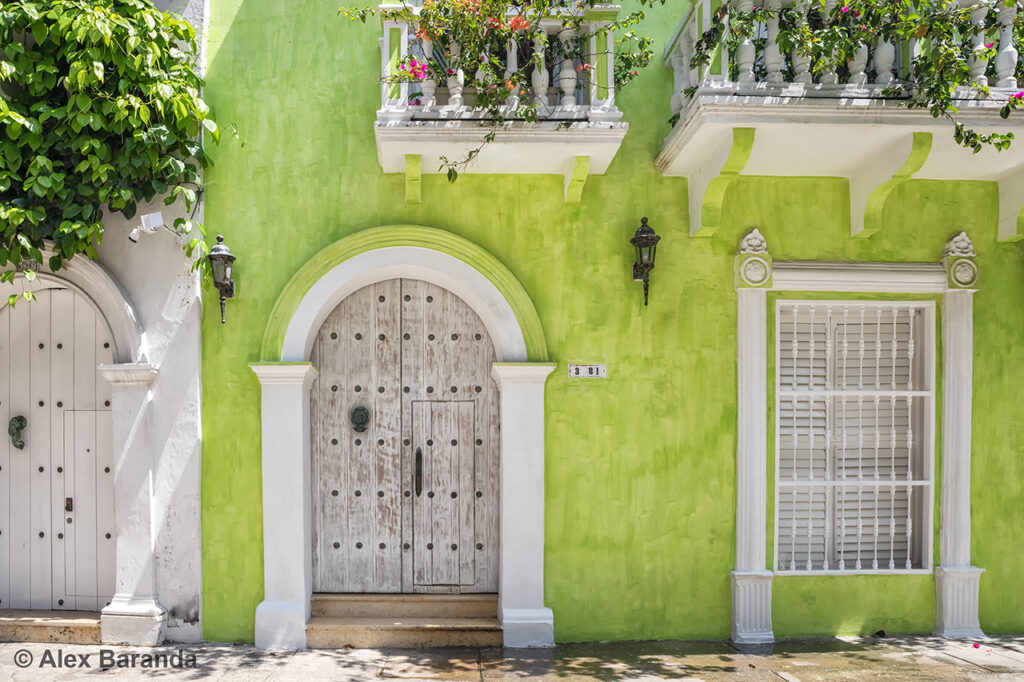
Situated on the northern coast of Colombia on a sheltered bay facing the Caribbean Sea, Cartagena de Indias boasts the most extensive and complete systems of military fortifications in South America. Due to the city’s strategic location, this eminent example of the military architecture of the 16th, 17th, and 18th centuries was also one of the most important ports of the Caribbean. The port of Cartagena –with Havana and San Juan, Puerto Rico – was an essential link in the route of the West Indies and, thus, an important chapter in the history of world exploration and the great commercial maritime routes. Civil, religious, and residential monuments of beauty and consequence can be found on the narrow streets of the colonial-walled city.
Here is how we spent five days in this walled city, a UNESCO World Heritage Site. Since it was a short trip and short notice, we used Viator for tours to explore the city.
Day 1: Arrive and Sunset Dinner
We arrived at the airport (CTG) in the afternoon. After checking into our hotel in the Bocagrande neighborhood and settling in, we headed to the Centro Historico for dinner and to catch the sunset on the wall. We went to El Baluarte San Francisco Javier by the Plaza de Santa Teresa, but there were other restaurants to choose from. It was a little cloudy for us to see the sunset, but it was a good first day, nonetheless.
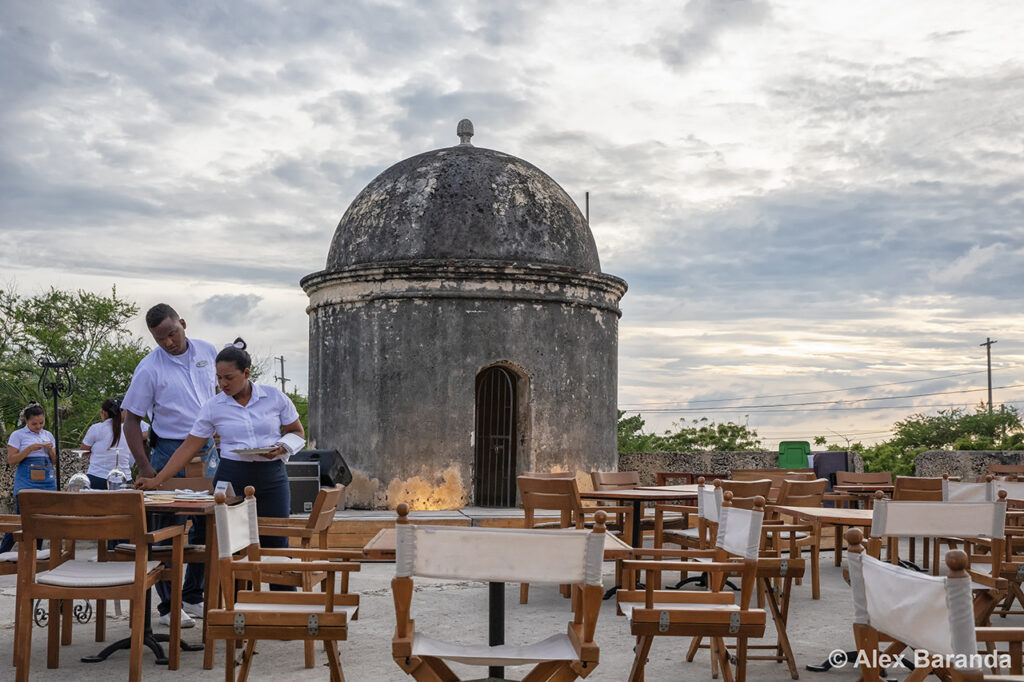
Day 2: Centro Historico and Getsemani
We booked the Viator tour: Private Walking Tour in Cartagena (Walled City & Getsemani)
On this tour, we got more than we bargained for. We had an excellent guide who walked us around Cartagena’s Centro Historico and Getsemani neighborhoods. Since we take many photos, a private tour is a good option. Our guide customized the tour for us. We walked around Centro Historico and visited several places, including Monumento Torre del Reloj, Plaza de los Coches, Plaza San Pedro Claver, and Museo Precolombino La Esmeralda for emeralds. We stopped at the Nia Bakery and Coffee Shop for a morning break before leaving the walled city and spent some time at Centenario Park with the tamarin monkeys. Afterward, we explored Barrio Getsemani. We walked through the district’s narrow streets with their murals and street art.
Day 3: Mercado de Bazurto, Convento de Santa Cruz de la Popa, San Felipe de Barajas Fort, Cartagena Letras
We booked the Viator tour: Bazurto Market Adventure Tour in Cartagena
We explored the Mercado de Bazurto, the city’s primary market. We took a private tour and met our guide at Centenario Park. From there, we took a bus to experience the local life. The Bazurto Market is a labyrinth—it’s easy to get lost. Our guide took us to some key places and experiences. We tried the local fruits and juices, listened to local Champeta music from a local DJ, made a custom banner sign, and watched a metal craftsman make a metal box. Lastly, we ate at a local restaurant, Cecilia, made famous by Anthony Bourdain (featured on the No Reservation show).
After lunch, we got back to Centenario Park for our next tour. We booked the Viator: 4-Hour Tour of the Best of Cartagena in an Air-Conditioned Van
This tour was more of a highlights tour of the city. We started at the “letras” (Cartagena sign) at Marbella Beach, went to Popa Hill at the Convento de Santa Cruz de la Popa, and then visited the San Felipe de Barajas fort. We ended with a walking tour of the Getsemani neighborhood, which was great as we explored a different part of the district from our walking tour on Day 2.
Popa Hill is the highest point in Cartagena. When we visited the convent, we had a 360-degree view of the city. At the San Felipe de Barajas Fort, we visited nearby stops, Las Botas Viejas and Museo del Chocolate Colombia. For this tour, we didn’t go inside the fort. We had a separate tour but had to cancel it because we were already exhausted, and it was too hot.
Day 4: San Basilio de Palenque
We booked the Viator tour: Tour De Palenque, Road to Emancipation
The tour was to San Basilio de Palenque (or just Palenque or Palenke) village, about an hour from Cartagena. On May 12, 1851, it was the first town in Colombia to secure independence from Spain. Palenque was the first free African town in the Americas, and in 2005, UNESCO declared it a Masterpiece of the Oral and Intangible Heritage of Humanity.
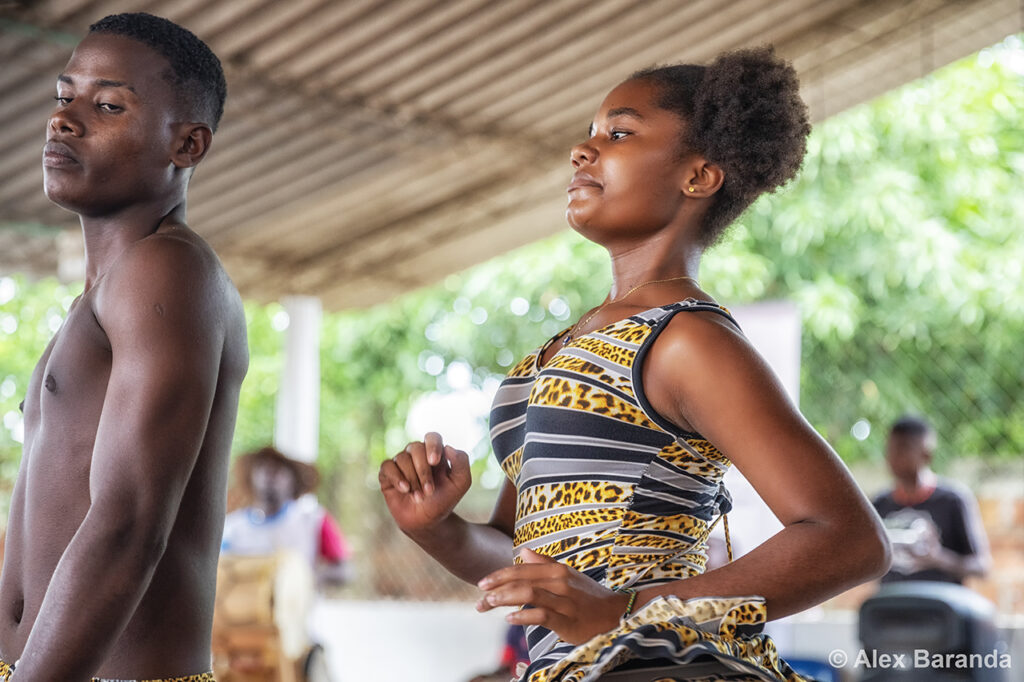
We were picked up at our hotel, and our guide gave us a brief history of Palenque. When we arrived at the village boundary, we stopped by the letras, where Palenqueras greeted us. We then proceeded to the cultural center. The Batata Musical Group performed a dance and music show for all of us.
Afterward, we went to the Plaza Principal, where a statue of Benkos Biohó stood tall. Benkos Biohó (late 16th century — 1621), also known as Domingo Biohó was born into a royal family in Guinea Bissau. He was a Mandinka and South American leader who escaped from the slave port of Cartagena with ten others and founded San Basilio de Palenque, then known as the “village of the maroons.” We then visited a local Palenque healer before having a traditional lunch. In the afternoon, we headed back to Cartagena and we got dropped off at our hotel.
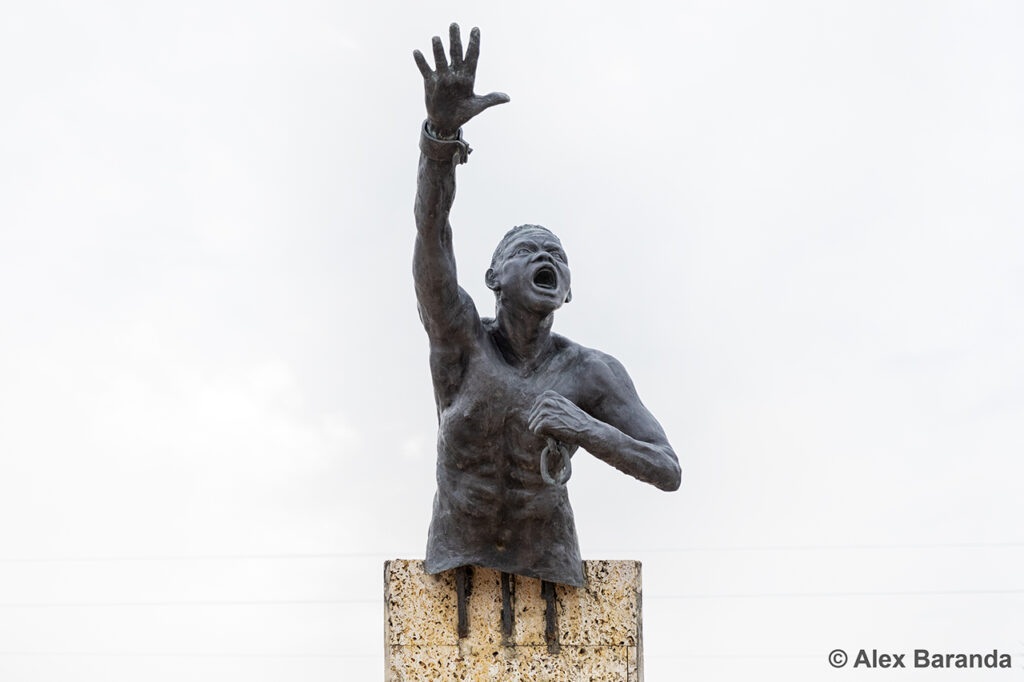
A statue of Benkos Biohó stands at the Plaza Principal de San Basilio de Palenque, Colombia.
Day 5: Islas del Rosario
We booked a tour directly from the resort, but there are similar tours at Viator, such as: Pao Pao Beach Club Islas del Rosario Full Day Experience
Several hotels and resorts are located on the islands, and many offer day passes (including round-trip boat transportation) from Cartagena. We chose the Islabela day pass and stayed at the resort for the day. Some tours offer island hopping to different islands.
The Rosario Islands (Islas del Rosario), also known as Corales Islas del Rosario (Coral Islands of Rosario), are an archipelago located off the coast of Colombia, approximately 12 miles (20 kilometers) from Cartagena. Founded in 1988, it is one of Colombia’s 46 Natural National Parks. The park protects one of the most important coral reefs on the Colombian Caribbean coast. Visitors can visit the national park area of the islands for activities such as swimming, snorkeling, and fishing.
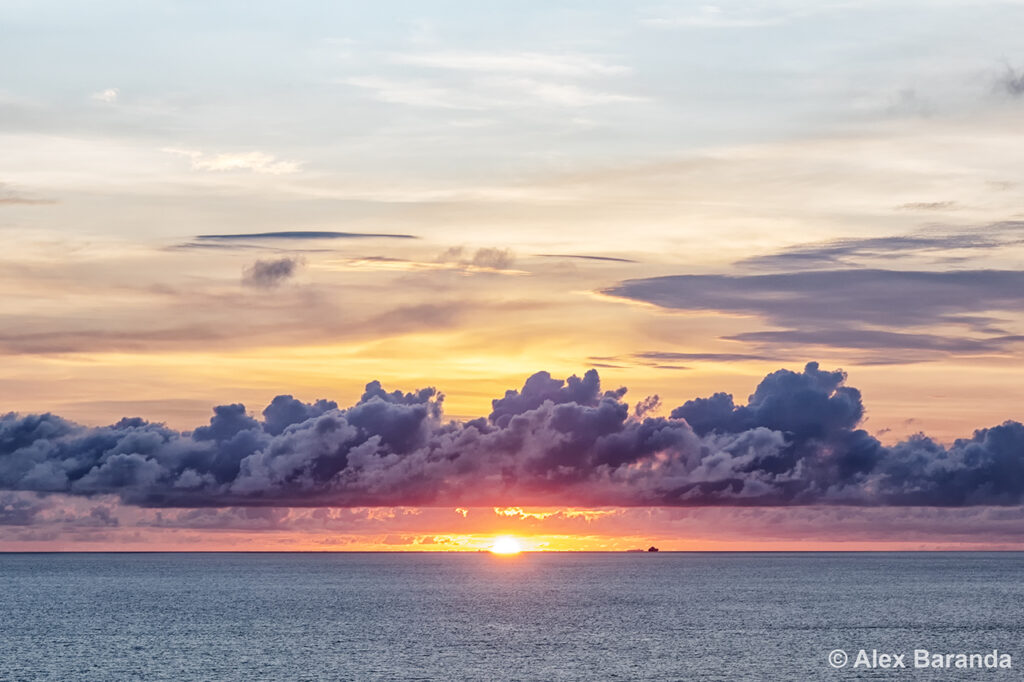
We returned to our hotel in the late afternoon and watched the Caribbean sunset from the 14th-floor swimming pool deck. Then, it was time to say goodbye. Instead of flying out in the evening, we left the following day.
It was a fun, short vacation in Cartagena, and we’ll definitely be back. Have you been? What did we miss? What should we see and do next time?
Tags: Cartagena, Cartagena de Indias, Colombia, Colonial City, Fort, Historic City Center, Islas del Rosario, Palenque, Spanish, Walled City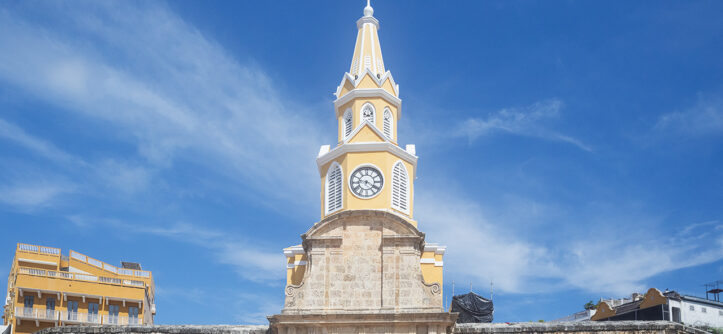
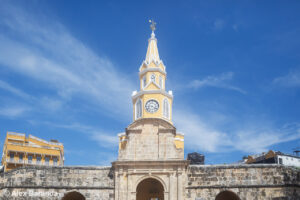
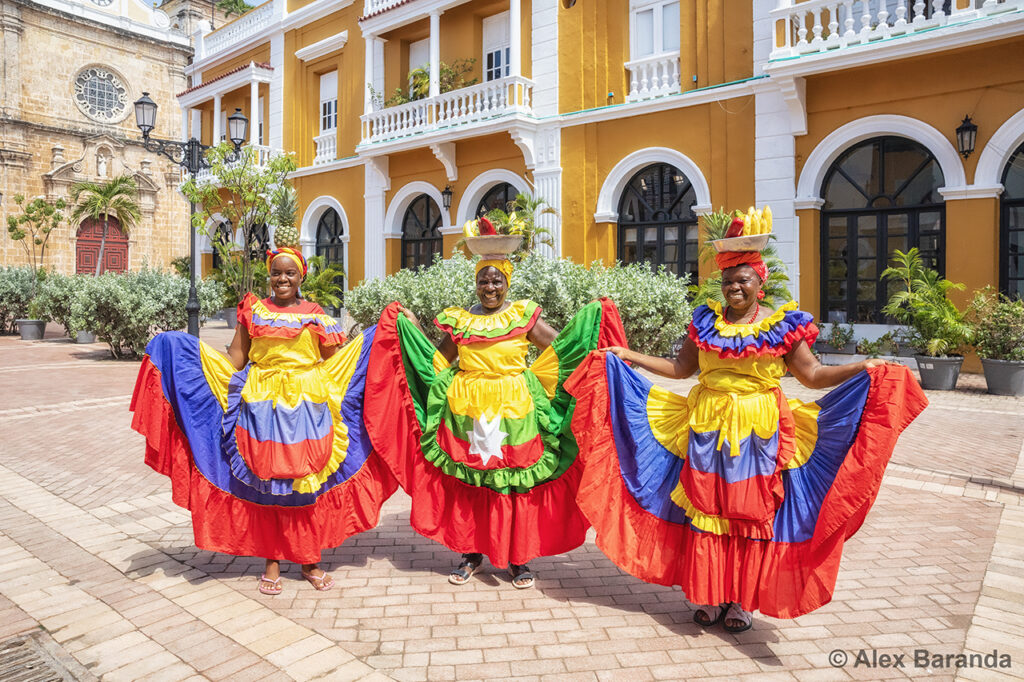
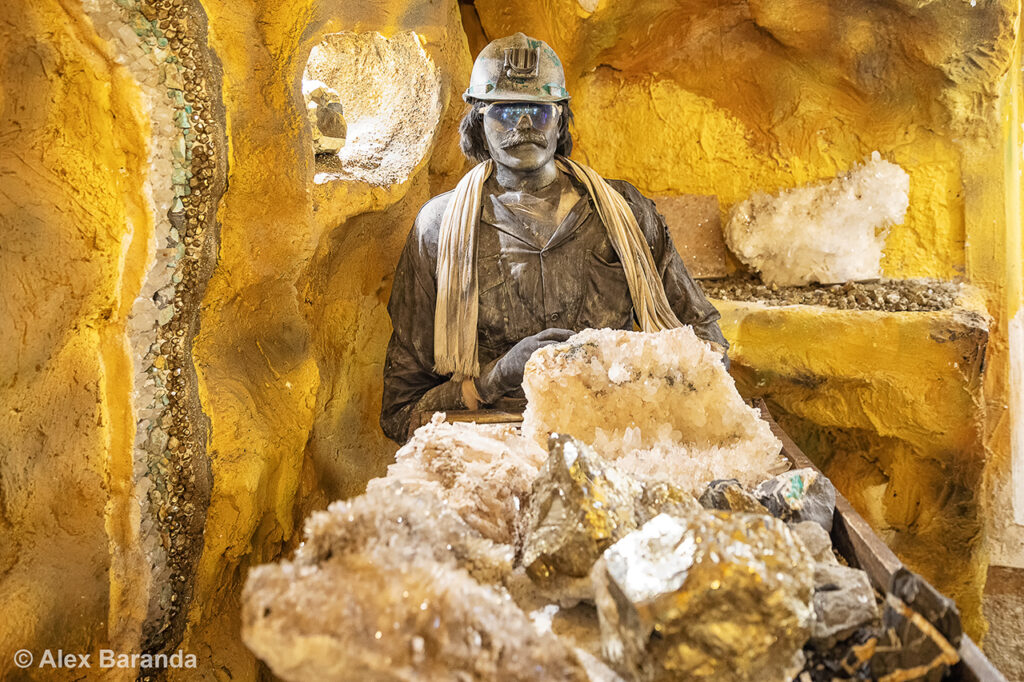
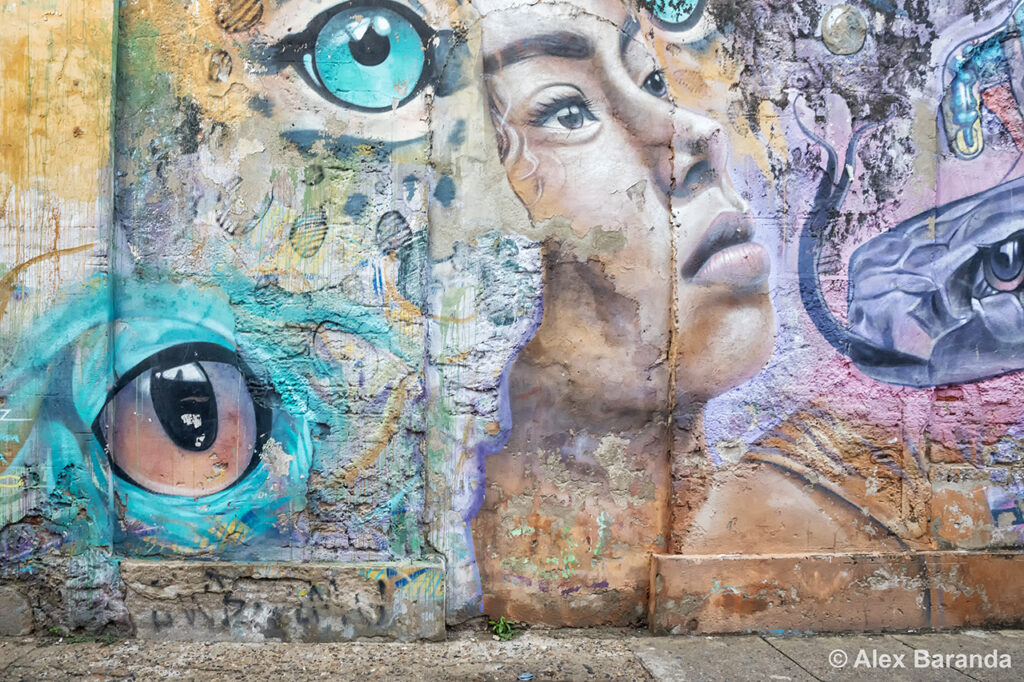
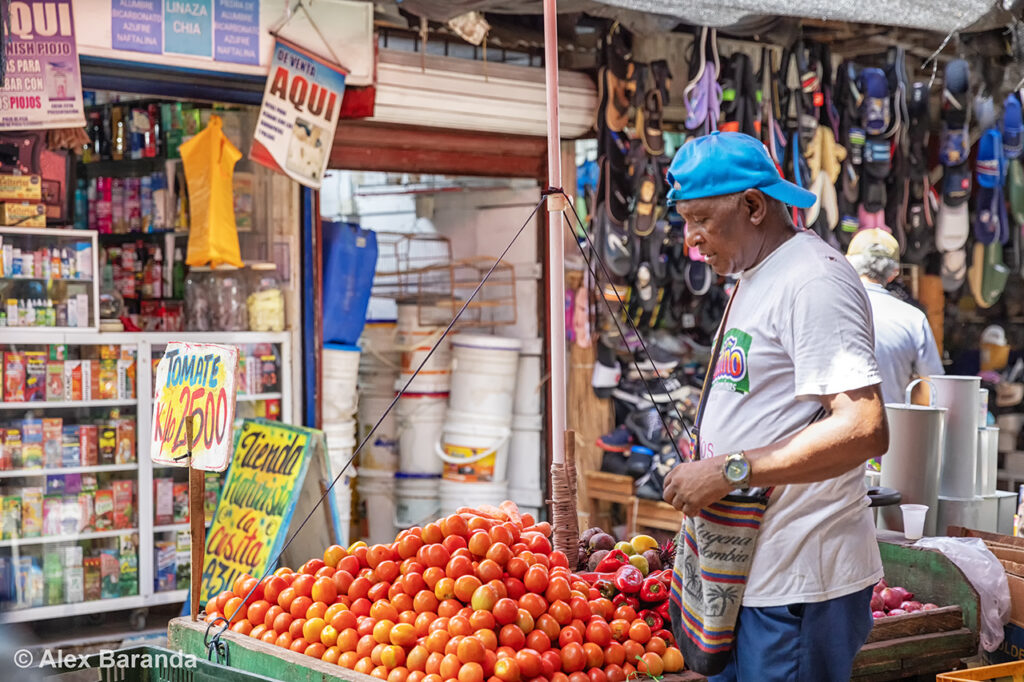
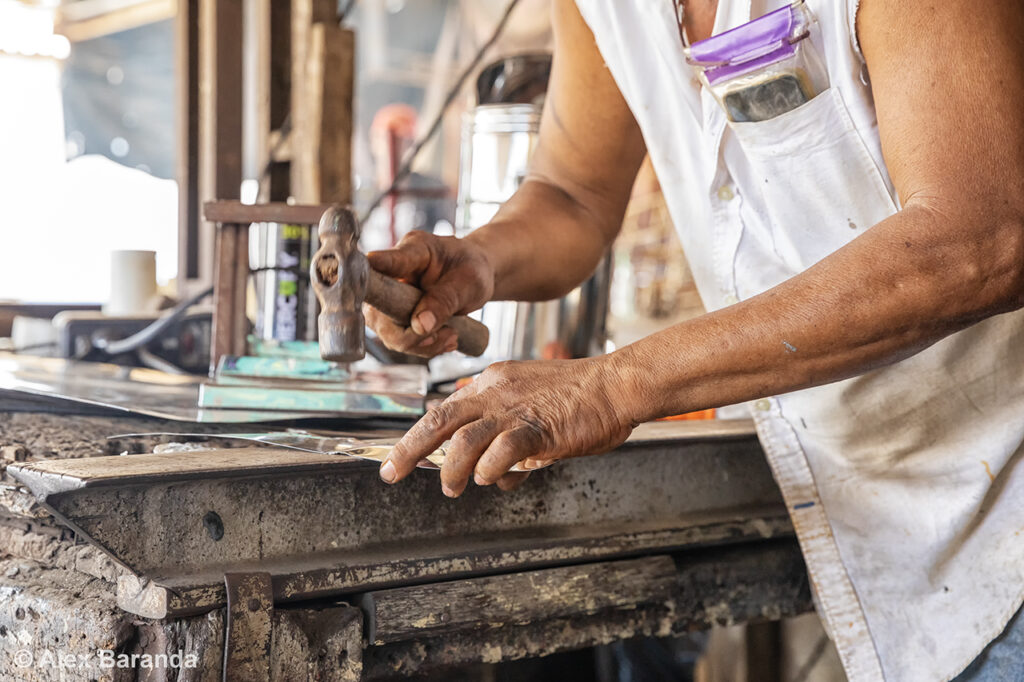
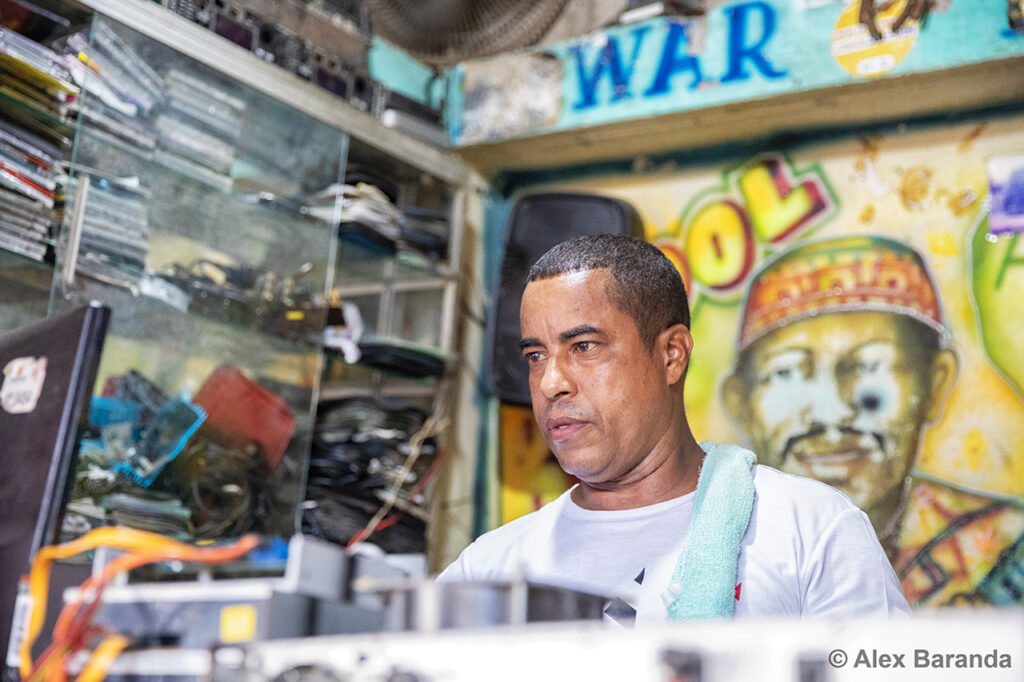
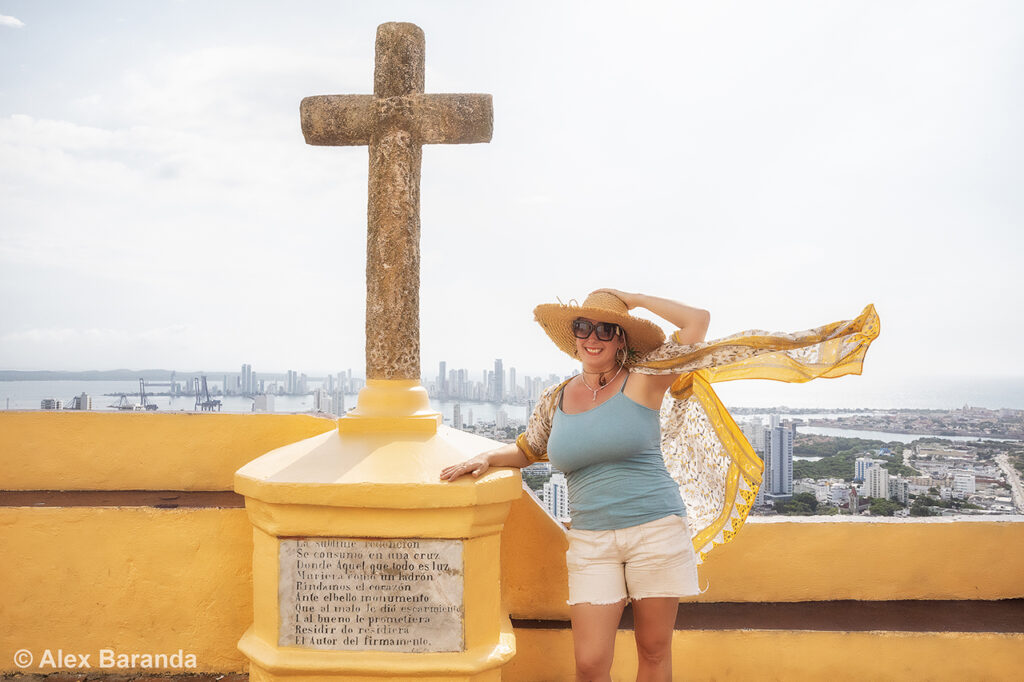
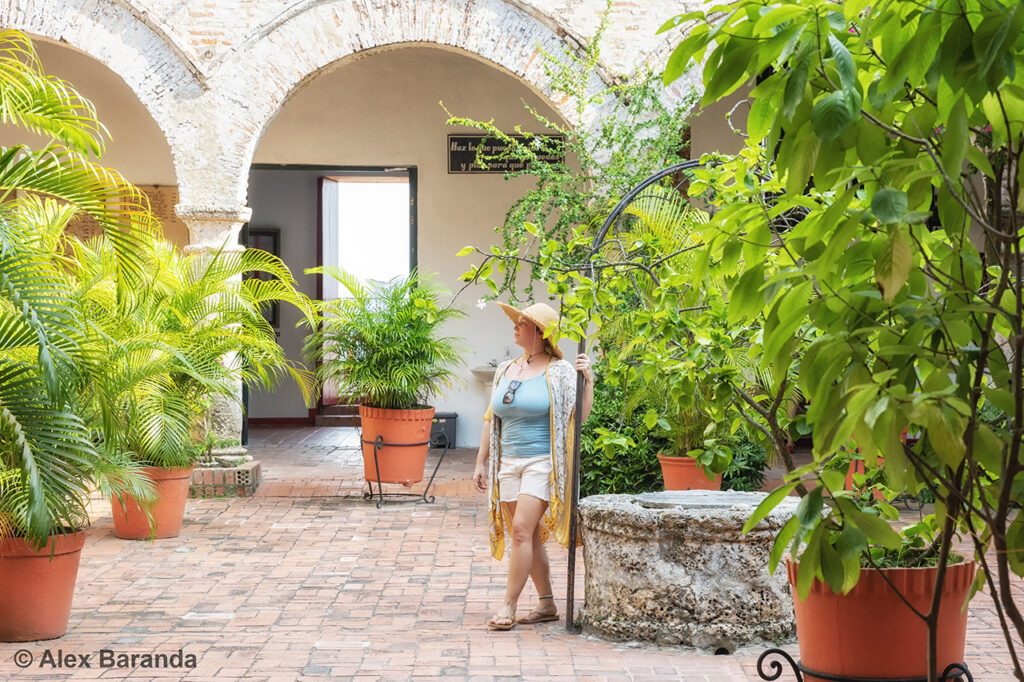
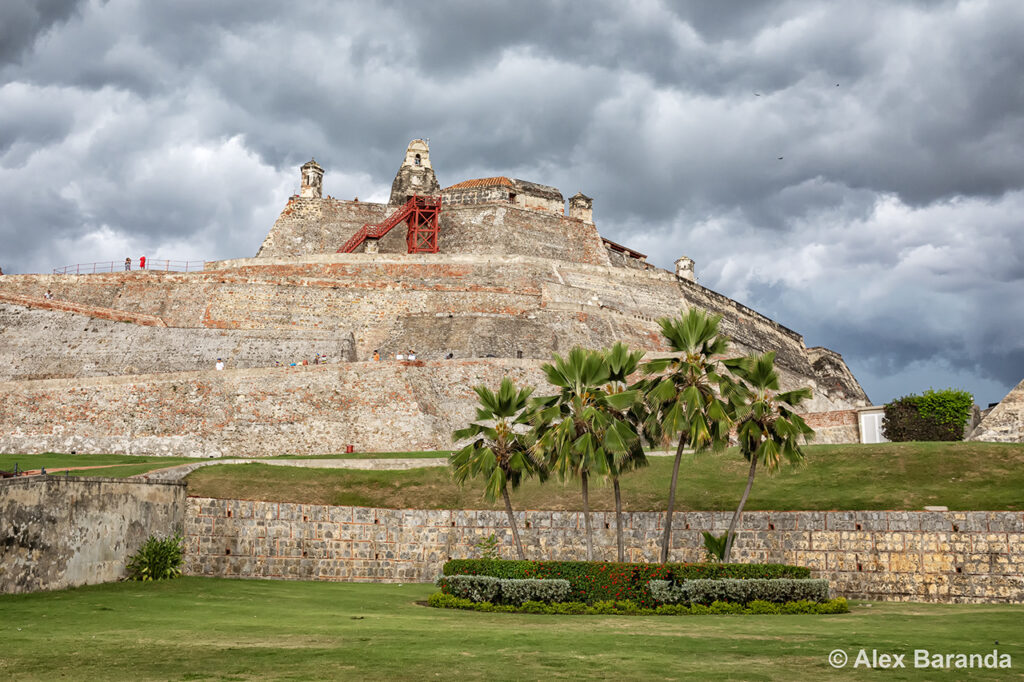
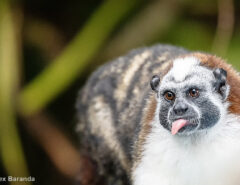
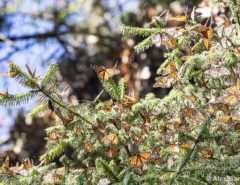
Leave a Reply